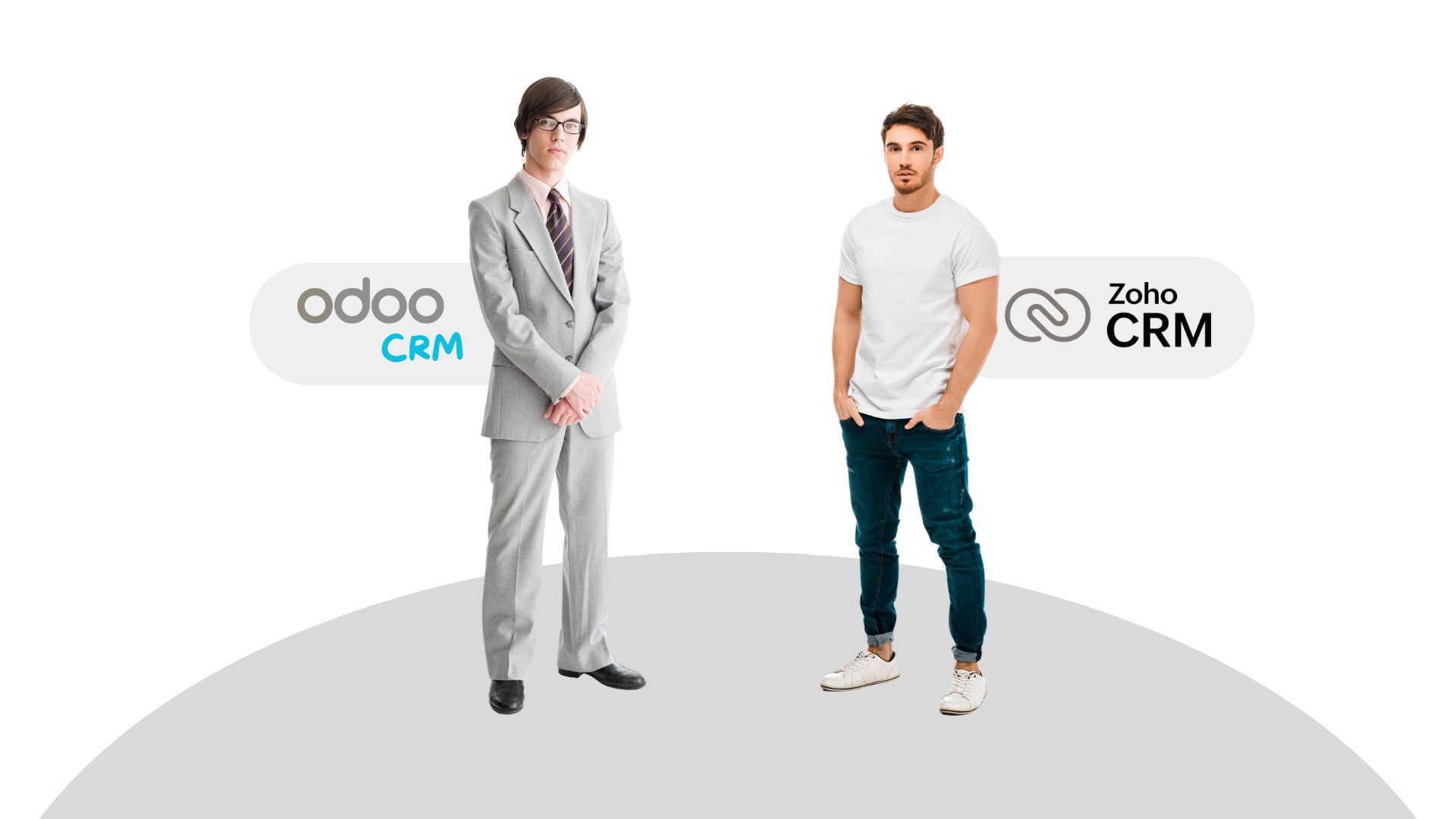
So…
Your budget is approved…
Your Facebook banners are ready.
All your AdWords components are in place.
Seems like you are ready to hit “Start” for you next digital campaign…
Are you sure?
Do you have a plan to optimise conversions once people start to come to your website?
You know…
Ensuring that you get the maximum number of leads from the budget you are spending. Show your boss that you’re get the most out of your firm’s marketing investments.
Because it’s one thing to bring people to your website by investing in Facebook ads or Search Engine Marketing. It’s a totally different story to generate actual leads from these visits.
Want to learn more about Conversion Optimisation plans and tactics?
Sign up here to get notified when our new articles are out.
If the number of visitors coming from your digital marketing campaigns looks great, but you (or your boss) are not happy with the number of leads you are generating, you should be looking at your conversion rate optimisation plan.
Wait! Don’t have one in place?
You are not alone… Trust me.
From my experience working with local companies for over a decade, most of them don’t have one too.
Actually, it turns out that Conversation Rate Optimisation (CRO) is a subject that is hardly ever discussed here in Mauritius. At best, it is often confused with SEO (Search Engine Optimisation). The good news is that incorporating it in your plans from now on, will give you an immediate advantage over your local competitors, given this context.
Already know what CRO is? Then go directly to our CRO checklist below for some practical tips.
What is Conversion Rate Optimisation (CRO)?

First, it is a fundamental concept that should be part of every lead generation campaign from the get-go.
Second. Before defining what Conversion Rate Optimisation is, we should first know what Conversion Rate is.
Put simply, your Conversion Rate is the percentage of visitors who take a desired action on your website. In general, it refers to visitors filling up a form to subscribe to a newsletter, to try a product or to make a purchase.
Result:
… a new lead,
… a new sale,
…. a “Conversion” (and may be a promotion for you if you consistently delivery on this…)
If you want to know the conversion rate of your website, head to our article on how to track your conversion rates in Google Analytics.
Now that we know what Conversion Rate is, it’s simple to understand the concept of Conversion Rate Optimisation.
The definition below from Hubspot is… humm… spot-on
Conversion rate optimization, or CRO, is the process of enhancing your website to increase the number of leads you generate. CRO is achieved through content enhancements, split testing, and workflow improvements. Conversion rate optimization results in highly-qualified leads, increased revenue, and lower acquisition costs.
In a nutshell, CRO is about having a plan to generate the maximum number of leads from your different marketing efforts.
As your conversion rate increases, you start getting more leads from the same number of visitors…You don’t actually have to spend more on advertising. Your website is generating more leads from the SAME volume of visits. The table below is a good example of this.
| Scenario A | Scenario B | Scenario C | |
|---|---|---|---|
| Monthly website traffic | 5000 | 5000 | 5000 |
| Conversion Rate | 1% | 2% | 3% |
| Leads Generated | 50 | 100 | 150 |
As you can see above, by increasing your conversion rate from 1% to 2%, then to 3% you are increasing the number of leads you can generate from the same number of visitors.
Through this simple demonstration, we can easily conclude that having a conversion optimisation plan in place is a no-brainer.
How to increase your Conversion Rate ?
Just like SEO, SEM or Social Media Marketing come with several layers of concepts that you need to understand to get the most out of them – The same goes for CRO.
While some people may stop at making some visual adjustments to the look and feel of a page and call it CRO. Proper CRO goes way beyond this.

You need to have a clear understanding of your target audience and where they are in their buyer journey. You need know what type of conversion you are actually looking for. Top of the funnel, to grow your database of potential clients? Or, the bottom part of the funnel, to generate immediate sale. This chart is an example of the conversion funnels you might be considering in your context.
With a better understanding of the above, you can then work on messages and choose channels that better match that audience and your objectives.
You should then implement a proper set of conversion mechanisms and tactics to maximise your conversion objectives.
And these tactics should be backed by data analysis and testing to gradually fine-tune your conversion performance.
Indeed, while your decisions to change a component of your conversion plan can be backed by some obvious choices (from time to time), most of the time, you want your actions to be backed by data that give you better insights and and more predictability.
As you see, there are really many parameters that go into a Conversion Rate Optimisation plan.
Unfortunately, we can’t go into all the details within the scope of this article. But this is what we can do:
- We do plan to share more on the subject in our upcoming articles. So if you want to get notified when new articles are out, click here to sign up and stay tuned.
- If you need help on maximising your conversion rate on your next campaign, we’ll be happy to help. This is what we do all the time. So, contact us here, and we’ll be glad to have a chat to see the type of value we can bring to your project.
- If you just want some quick tips. Read on for a quick checklist of what you can do right now!
Quick Checklist to maximise your conversion rate.
Below is a simple check list that you might find helpful to consider for your next campaign.
- Make sure that your message and offer really matches your target audience and where they are on their buyer’s journey.
- Make sure your landing page loads fast.
- Make sure landing page is mobile friendly
- Did I just say ‘landing page’ twice? Yes! Send your campaign visitors to a landing page specifically aligned with your campaign audience and message. Not to your homepage like, unfortunately, many businesses still tend to do.
- Take particular care at titles on your page. This is what people look at first… and this is what will keep them engaged.
- Make sure your call to actions are easily visible. Buttons should be really clear to locate.
- The fields and the number of fields you have on your forms should be relevant to the type of conversion you want to generate. General rule: The shorter – The better.
We hope this article helps you get the most out of your next campaign.
You liked it? Want to see more of such articles? Let us know in the comments below.




